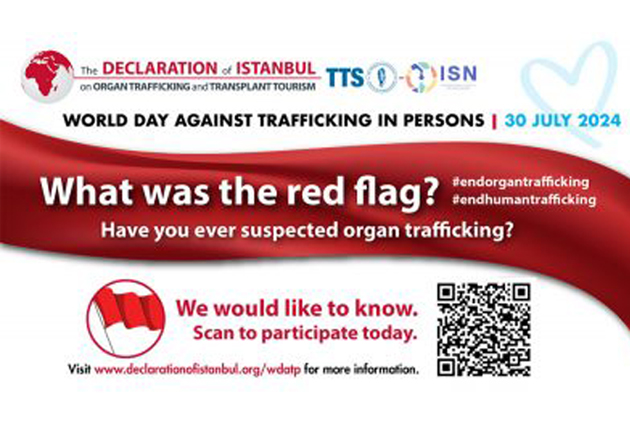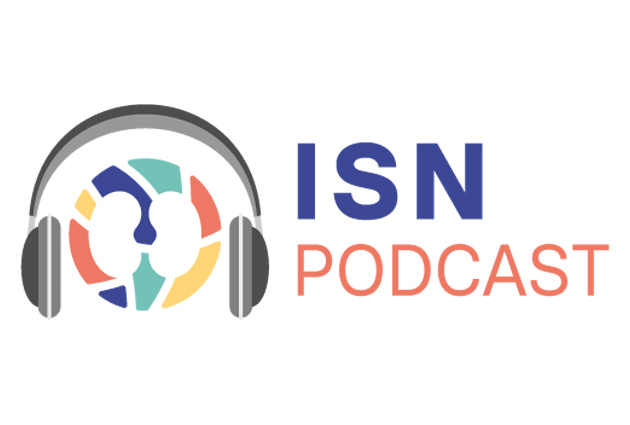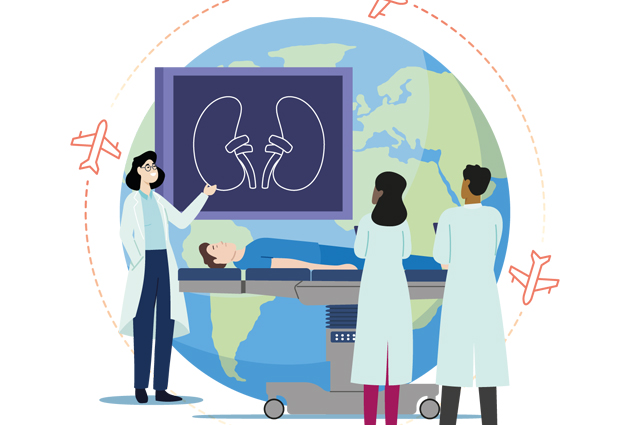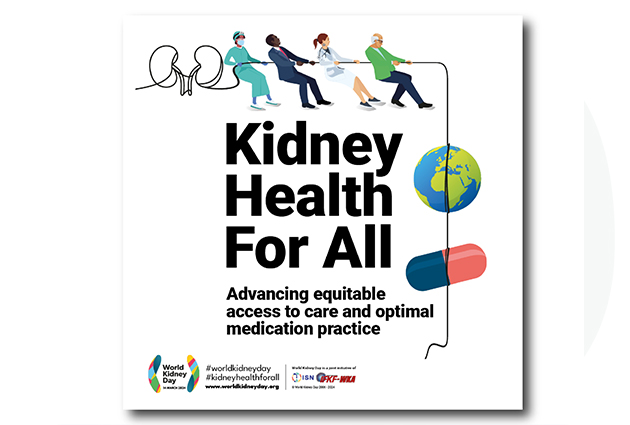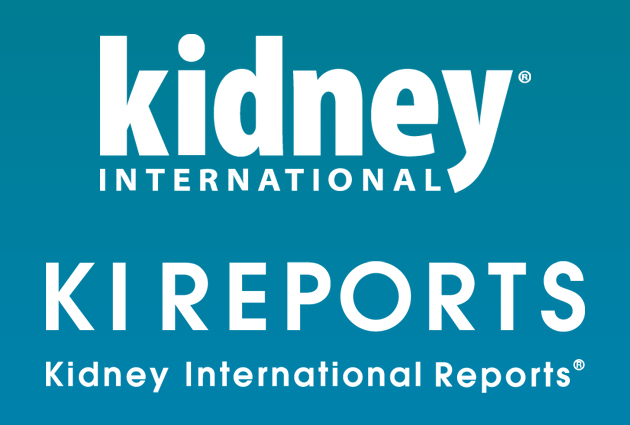iNET-CKD: a successful example of international partnership
This blog post is provided by Paula Orlandi, Naohiko Fujii, Lisa Nessel, Harold I. Feldman.
The International Network for Chronic Kidney Disease Cohort Studies (iNET-CKD) links chronic kidney disease (CKD) cohorts from all over the world to promote research on this rapidly growing public health issue. It is supported by the International Society of Nephrology (ISN) and currently comprises of 14 cohort studies, representing patients from more than 20 developed and developing countries. New cohort study members continue to join the network.
Currently, iNET-CKD focuses on exchanging expertise, collaborative research and training. Its earliest members were the Chronic Kidney Disease Japan Cohort (CKD-JAC) and the US Chronic Renal Insufficiency Cohort (CRIC) studies. Soon after, the German Chronic Kidney Disease Study (GCKD) and the Chinese Cohort of Chronic Kidney Disease (C-Stride) studies joined. Subsequently, additional studies from Asia, Latin America, and Europe have become part of the network.
The CKD-JAC, GCKD, and C-Stride studies all modelled their protocols on the CRIC Study, to optimize opportunities for data harmonization. Despite local variation, the challenges in the areas of study planning, patient recruitment, data collection, storage of bio-samples, and analysis have been similar to those previously experienced by the CRIC investigators.
Learning from the experience of other cohort studies can save time and resources by anticipating problems and developing solutions. Accordingly, by exchanging expertise, protocols, manuals of procedure, and data collection instruments, CKD-JAC, GCKD, C-Stride and CRIC broadly share designs, making data harmonization much more feasible.
The high quality data generated by these study groups can potentially provide answers to research questions related to different ethnic, socio-cultural, and health care delivery among CKD patients worldwide. Collaborative joint data analyses have already given insights from the diversity that exists across iNET-CKD studies in the form of health care delivery and behaviours, as well as genetics.
For example, in the case of CRIC and CKD_JAC studies, important comparisons focus on nutritional aspects such as differences in phosphate intake, phosphaturic hormone levels (e.g. PTH and FGF23), and vitamin D status, along with differences in rates of cardiovascular complications.5,6 Additionally, two Japanese and one of the German investigators have already completed post-doctoral training at the University of Pennsylvania, home to the CRIC Scientific and Data Coordinating Center (SDCC).
These investigators have gained knowledge of sophisticated research methods through course work and collaboration with CRIC SDCC faculty epidemiologists and biostatisticians. In summary the partnership between CKD-JAC, GCKD, C-Stride, and CRIC is a successful example of how iNET-CKD can foster collaboration among CKD cohorts through exchange of expertise, collaborative research, and training. Their relationship serves as a model for further collaborations among the members of iNET-CKD.
For further information, see https://www.theisn.org/initiatives/inet-ckd or inquire at research@theisn.org.



